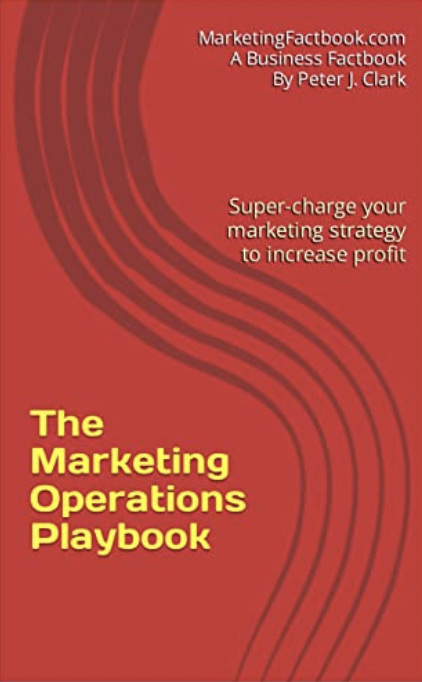Consumer event marketing: A mobile challenge
The fluctuations in the online noise around a big industry event - such as the popularity of brands online, who the most influential sources of information are, and what is driving the debate - can vary dramatically, even day by day- and Onalytica's analysis of the recent Mobile World Congress conference illustrated this perfectly.
Onalytica tracked the online conversations across a six month period, covering 45 mobile brands. Its primary finding was that the most influential stakeholders (in other words, sources of information, such as online editorial, bloggers, and news services) varied hugely not just month-by-month but week-by-week and even day-by-day.
Influencers
The top ten stakeholders covering the event in December 2010 was dramatically different to February 2011 (when the event actually took place), with only a few of the early influencers staying in the top ten (those being pocket-lint.com, reuters.com, and wsj.com).
The one constant was Engadget, which held the top slot throughout the entire build-up and indeed, increased in influence over time, as it was used as a reference point by other online commentators.
It is also important to look at relative influence, which is not the same as volume-of-noise or popularity. Stakeholders with high relative influence represent the optimum engagement opportunity to spread messages regarding products and services. Their influence is often higher than their popularity would indicate and therefore are an often untapped source for marketers.
In the case of MWC, these relative influencers often focused on very specific niches, typically sites focused around brands, such as websites dedicated or owned by Intel, Microsoft, Google, though not exclusively so: the non-brand specific sites silicon.com and zdnet.com.au make appearances in February's top 10.
These findings raises the question of whether the marketing and PR department should be reviewing who they are engaging with - journalists, analysts, bloggers and scial media - in a more dynamic way, in reaction to the shifting sands of influence.
Timing
The sharpest incline in the volume of online interest in MWC 2011 was the two weeks prior to the event's start. However, the build-up of interest was not always a steady upward curve - there were fluctuations, including a surprise dip two weeks before the event.
The first day of the event saw the biggest peak in online noise about MWC but, after day one, the level of interest fell sharply. On the second day of the event, the volume of discussion dropped by 11% compared to the previous day and, on day 3, there was a further drop of 32%. When looking at influential stakeholders, the drop was 47% day-on-day.
Timing in the build up to an event is critical and although some marketers may opt to make announcements on days when there is less competition, they may be losing out in terms of total interested potential audience. Also, timing is hard to predict - it is inevitably affected by other issues driving the debate on any given day.
Leaks, hints and teasers
In the case of MWC, what was driving the online debate changed dramatically, again often on a daily basis. Much of this was driven by teasers, leaks and speculation. For instance, LG was relatively quiet in the online conversation during the build up to the event, though that changed in late January, when a teaser video of LG's handset the Optimus 3D was spread online. As a result, LG became a focal point of discussion, generating the highest share of attention on the first day of the event, so dominated the online debate at a crucial time.
Sony Ericsson benefitted from high online visibility caused by information unofficial information (point of sale images of the Xperia Play leaked on Feb 3rd). The Xperia Play (a.k.a. PlayStation phone) took the spotlight on February 3rd as point-of-sale images were leaked on on techradar.com and generated a significant amount of attention.
Nokia was not key to the online discussion before January. However, in the days prior to 11th February - the day of Nokia's Strategy and Financial Briefing and the Friday before MWC opened - there was speculation surrounding the Nokia and Microsoft partnership, which was announced on that day. This fuelled a debate that ran into the start of MWC, maintaining online visibility for Nokia (although the reception was mixed).
Some handsets maintained interest over a sustained period of time, thanks to the mysterious aura created around the product. For instance, Samsung's of outline images and hints about Galaxy II helped to contribute to its position as the most often mentioned brand around MWC.
Seemingly unofficial links sparked discussions and spread quickly, as the audience was more interested in being first to relay the news, rather than being impressed by a high-budget marketing push.
Conclusion
As conumers increasingly turn to online sources to find and share information, winning the battle for share of voice around consumer-facing events such as MWC becomes an ever-increasing challenge for the marketer. The ability to be able to react more quickly and flexibly - with less reliance on rigid, traditional marketing techniques - could be the key to success.
Sources: Mobile World Congress MWC; Onalytica / The Marketing Factbook.
Copyright © 2011 - 2025 The Marketing Factbook.
Categorised as:
- Customer Experience
- Knowing The Customer
- Marketing Know-How
